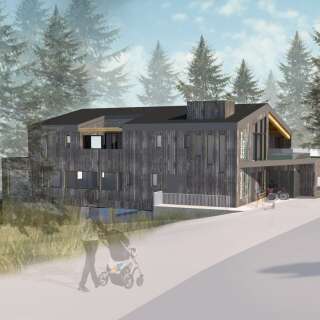
Please note that this map was created in 2021. We are currently updating our maps and zonation following the ʕaaḥuusʔatḥ (Ahousaht) Nation’s decision, announced on August 8, 2025, to resign from being a part of the Clayoquot Sound Biosphere Region.
In 2008, the land designations legally changed within the Clayoquot Sound Biosphere. New watershed plans mapped and designated areas set aside as regions to protect a range of values including: hydroriparian resources, sensitive soils and unstable terrain, red- and blue-listed species, forest-interior conditions in late successional forests, cultural values, scenic and recreation values, and representative ecosystems.
The 2008 watershed plans also mapped and designated:
- harvestable areas on which sustainable forest harvesting can take place;
- special management zones that protect First Nations’ cultural values; and
- scenic, recreational, and tourism values in areas that are accessible for forest harvesting.
Our 2020 zonation map shown here reflects these designations.
LEARN MORE IN THE PERIODIC REVIEW SELF-STUDY 2010-2020





